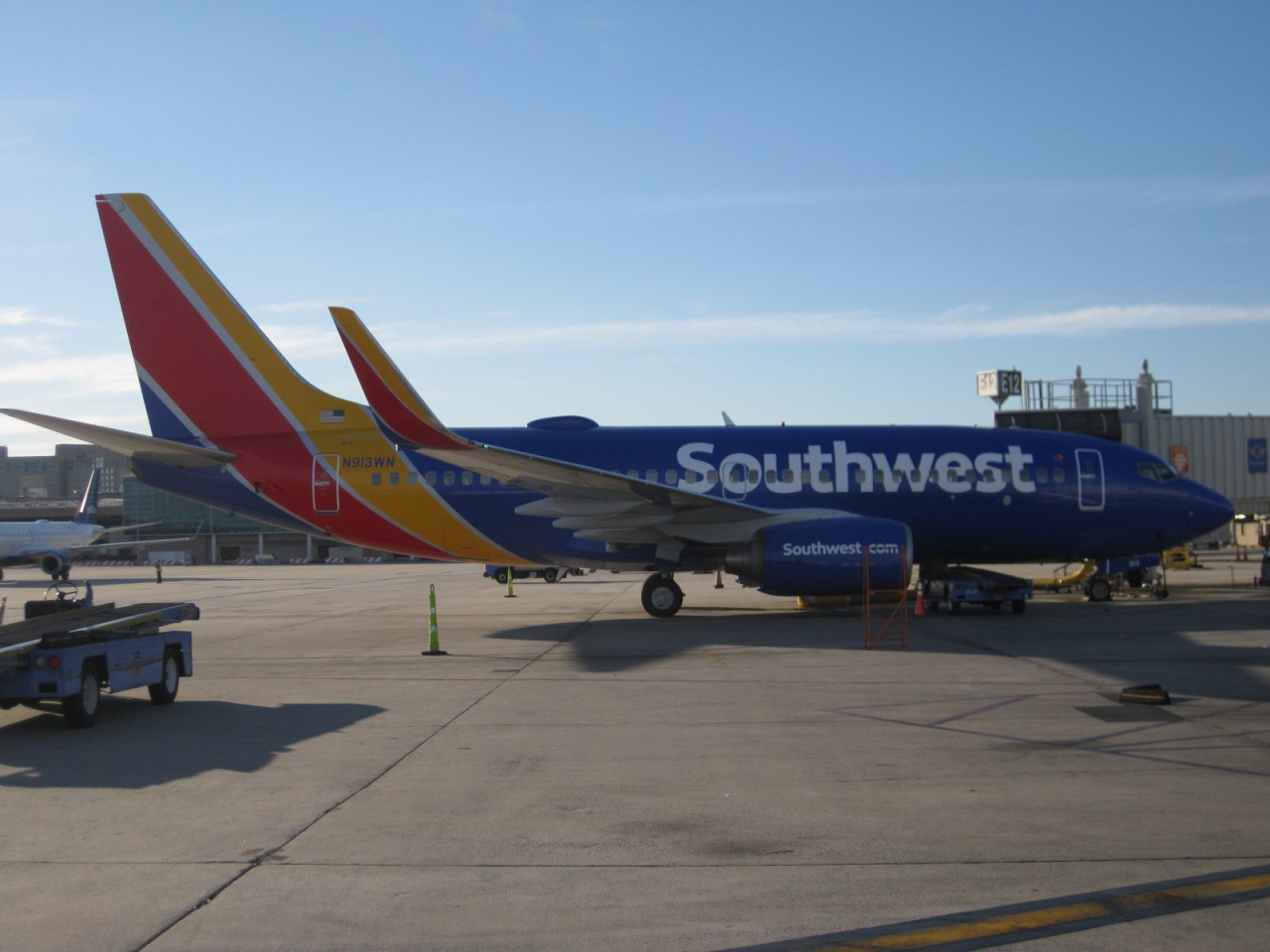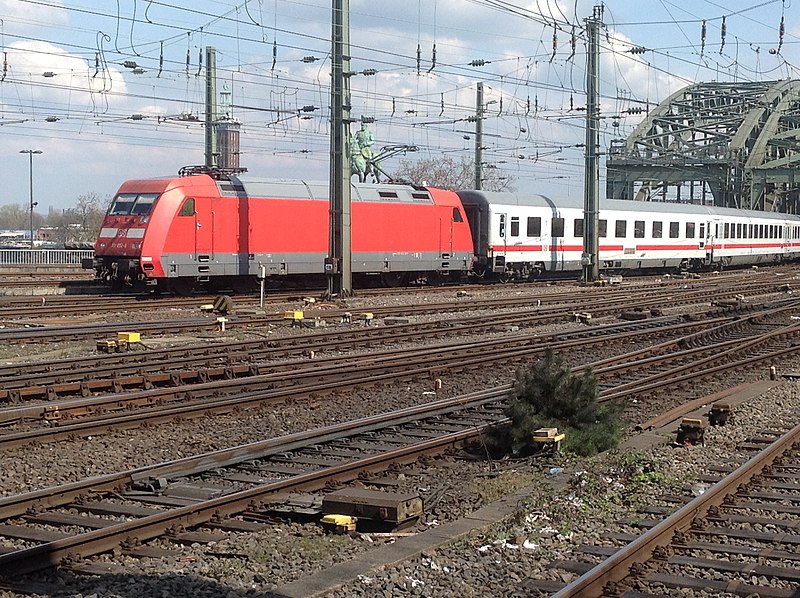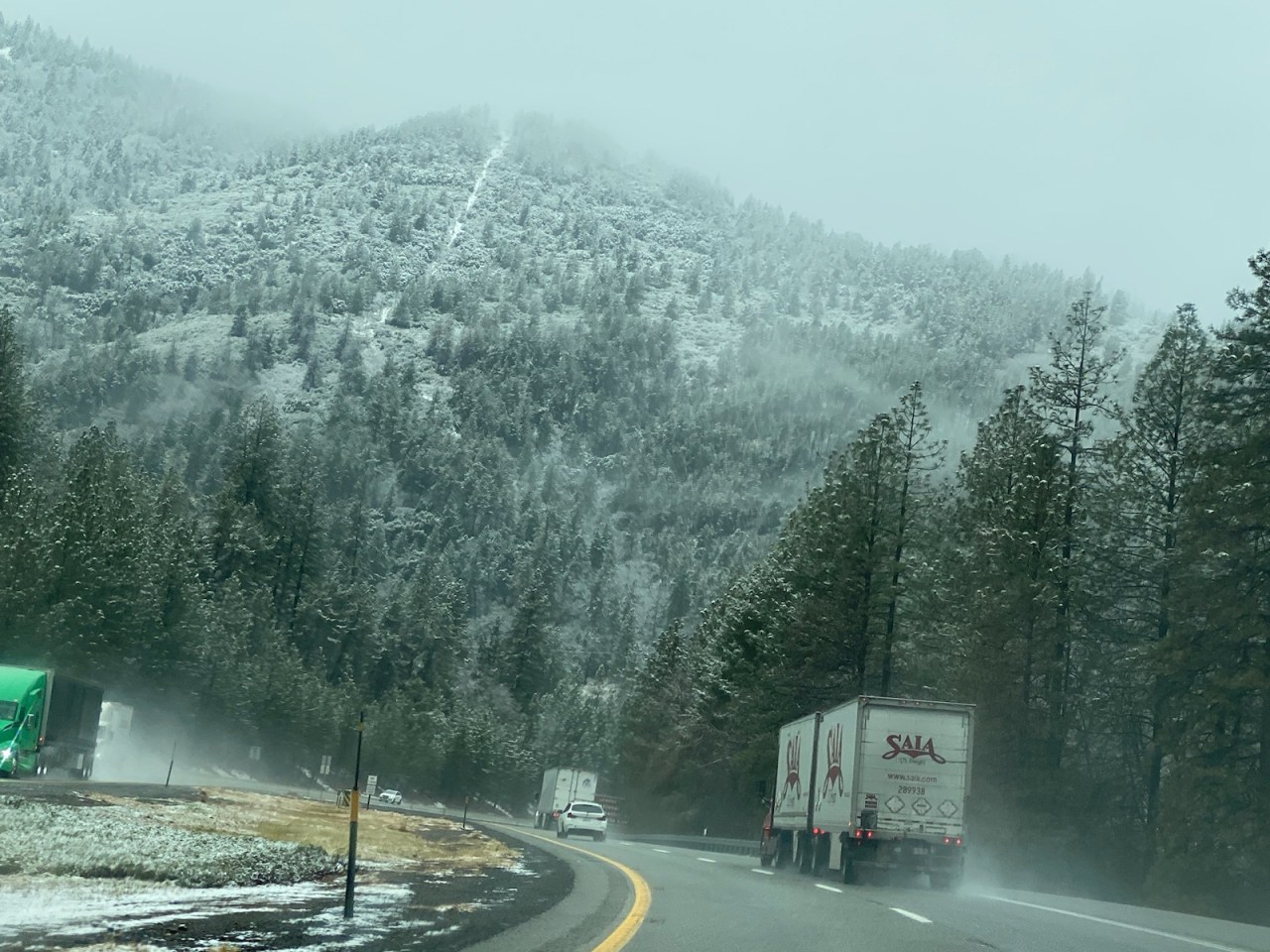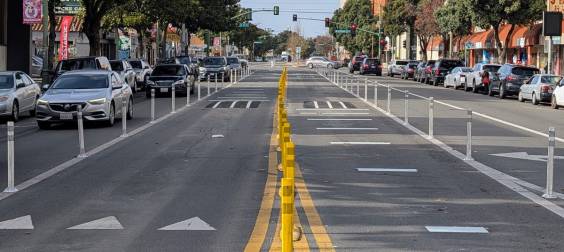Note: GJEL Accident Attorneys regularly sponsors coverage on Streetsblog San Francisco and Streetsblog California. Unless noted in the story, GJEL Accident Attorneys is not consulted for the content or editorial direction of the sponsored content.
Steve, one of my oldest friends, came to visit from Portland over the holidays.
Unfortunately, he flew on Southwest. He and his family ended up stranded in Sacramento thanks to the airline's nationwide meltdown.
If California were like Germany, France, Japan, China, or basically any other developed nation, this would hardly be a problem: they'd just take a train back. In fact, they probably would have taken a train in the first place. But given the states' circa 1860s rail infrastructure, basically the equivalent of dirt roads, they had no choice but to rent a car and drive home, some of it in dangerous, snowy conditions.
Yes, Amtrak has a train called the Coast Starlight between the Bay Area and Portland--I've taken it myself, when I have time, just to enjoy the scenery. But the train runs once a day and takes 16 hours to complete the journey. Because it shares the single-track route with freight trains, it is frequently delayed, earning it the nickname Starlate.
Also, it was sold out.

Driving, on the other hand, takes nine hours.
In Europe or Asia a train--just a normal train, not even high-speed--would do the same trip in six or seven hours. And there would be multiple departures each day. Trains don't end up in pileups because of bad weather. And my friend would be able to get some work done. He could even have a beer along the way. Or he and his family could travel overnight, getting into bed in Sacramento and waking up in Portland.
But this is Amurica where we can't have such nice things.

Of course, the one major effort to build an all-new, fully modern intercity rail line in the U.S. is California's beleaguered but well-under-construction high-speed project between Anaheim and San Francisco. There's no shortage of oil-funded, anti-rail propagandists bemoaning its $70 billion price tag (Southwest itself has lobbied against high-speed rail, no surprise). Meanwhile, the state continues to spend its $30 billion transportation budget (adjusted for inflation) every freakin' year almost entirely on cars. And that's on a massive, layered freeway network that's been built out several times over the last half-century. California alone spends around 30 times more on cars than a typical Amtrak budget for the entire nation.
Meanwhile, the state's skeletal network of slow, outdated rail lines limp along, perpetually underfunded, surviving on table scraps. Down in Southern California, tracks between Los Angeles and San Diego wash out whenever there's a storm because while there's always money to widen I-5 and other freeways, somehow there's never enough money to realign the tracks inland.

There's some good news. For the first time, under the Biden Administration, a sizable chunk of the federal transportation budget is going to rail--to the tune of $66 billion. That's unprecedented in this country; and yet the nation will still spend 10 times that much on roads and airports. Either way, $66 billion will not go far in making up for a half-century of neglect.
My friend Steve made it back to Portland, but it was a tiring and perilous trip on slippery roads. To add insult to injury, American infrastructure is so oriented towards driving and flying, that he and his wife had to drop off the rental car at the only place that would take it--the airport.
The Southwest meltdown was yet another warning of the dangers and indignities of depending entirely on airplanes and cars for intercity travel. The U.S. needs to follow the European and Asian examples and develop a more resilient, mixed passenger transportation system that includes real investments in rail. And California high-speed rail may be the seed to get that started.






